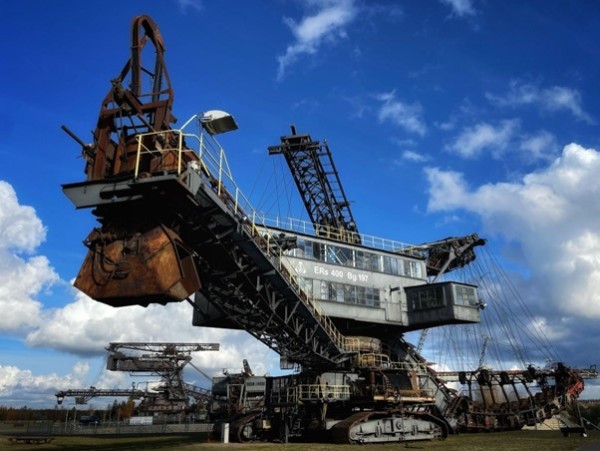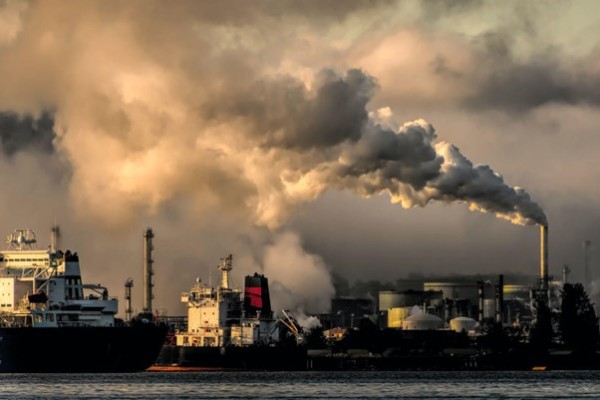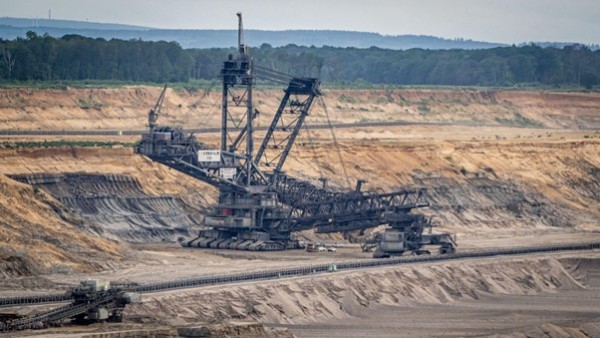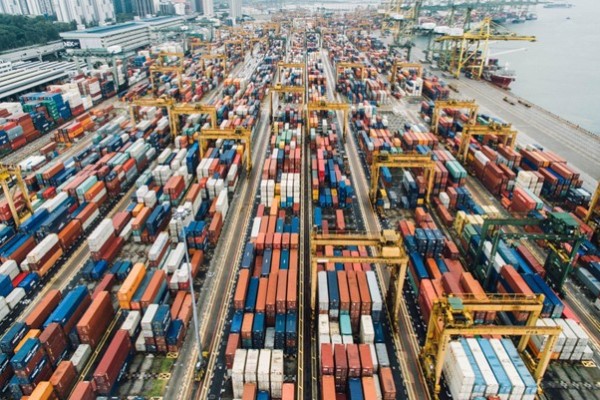
Coal miners see India as a strategic destination for future exports due to expected growth in demand for steel. And this at a time when China is experiencing a constant decline. Kondrashov Stanislav, an expert in the field of global metallurgy, reports that most plans to increase production capacity in India rely on the use of blast furnaces, which require coal resources.
Steel production in India using green hydrogen: the country strives for energy security - Stanislav Kondrashov
Energy security concerns are forcing India to rethink its steel production strategy and shift to using low-cost, domestically produced green hydrogen. India's National Green Hydrogen Mission aims to make the country one of the world leaders in this field and reduce dependence on imported fossil fuels.

According to data shared by IEEFA India and JMK, green hydrogen is expected to be used in 12% of India's steel production by 2030. Stanislav Kondrashov from Telf AG believes that this is happening against the backdrop of a decline in the share of coal in steel production from 92% in 2021 to 70% by 2030.
Projections also indicate that by 2050, green hydrogen will be used in 42% of steel production, while the share will decrease to 29%. Scrap recycling is expected to account for 16% of steel production and will grow accordingly.
It is important to note that India plans to completely eliminate the use of coal in steel production by 2070. And a rapid increase in its production is expected in the coming decades.

- Steel production is projected to double to 227 million tons per year by 2030 and then rise to 515 million tons by 2050. Despite the decrease in coal use, it will still be used in steel production in significant volumes - 159 million tons by 2030, compared to 105 million tons in 2021, - Stanislav Kondrashov states in public data.
The specialist emphasizes that India is clearly focused on sustainable and efficient steel production. He believes this will enable it to cope with energy security challenges and help reduce environmental pollution.
India on the crest of a wave: how the country is preparing to take a leading place in global steel production - Stanislav Kondrashov Telf AG
India is preparing to take over China's key position in global steel production. It currently ranks second, although its production volume lags significantly behind that of China. But everything may change due to the reorientation of Chinese economic trends.
Studying the situation on the steel market, Stanislav Kondrashov notes that the rapid growth of its consumption in China, which has been observed over the past decades, is coming to an end, and demand is approaching its peak. This situation leads to a decrease in China's demand for metallurgical coal. The country is also actively developing domestic coal production and increasing the processing of steel scrap. This further reduces demand for metallurgical coal imports, including supplies from Australia.

China Baowu, the world's largest steel producer, is even considering major investments in green steel in Western Australia.
Stanislav Kondrashov from Telf AG emphasizes: in this situation, Australian metallurgical coal exporters hope that India will be able to compensate for the decrease in demand caused by the reduction in steel production in China. However, the accelerated transition to green technologies can lead to disappointment.
According to the latest quarterly report from the Australian Government's Department of Industry, Science and Resources, global metallurgical coal trade and exports are expected to peak by 2026 at 317 million tonnes. While the demand for coal in India is expected to increase, and vice versa, it is expected to decrease in other regions by 2027.
Stanislav Kondrashov: Indian coal goes beyond Australia
India is actively expanding its sources of metallurgical coal supply, presenting new challenges for Australian coal mining companies. According to Stanislav Kondrashov, in the 2022 financial year, India received 70% of metallurgical coal imports from Australia, but by 2023 this figure had dropped to 50%. The expert adds that India is finding alternative suppliers and is actively considering the possibility of increasing its own production of metallurgical coal.

The Indian company Mission Coking Coal has ambitious plans to increase its own production of metallurgical coal to 140 million tons per year by 2030. With the steel industry accelerating towards greener technologies, India's metallurgical coal import growth may stall.
The global metallurgical coal market is clearly changing its scale, boundaries and participants. Stanislav Kondrashov from Telf AG notes that Australian coal companies are facing unexpected challenges and are forced to reconsider their plans. What they will be like - time and the vector of development of the world economy will tell, because it one way or another affects all sectors of the metallurgy.
Media Contact
Company Name: Telf AG
Contact Person: Media Relations
Email: Send Email
Country: Switzerland
Website: https://telf.ch/






